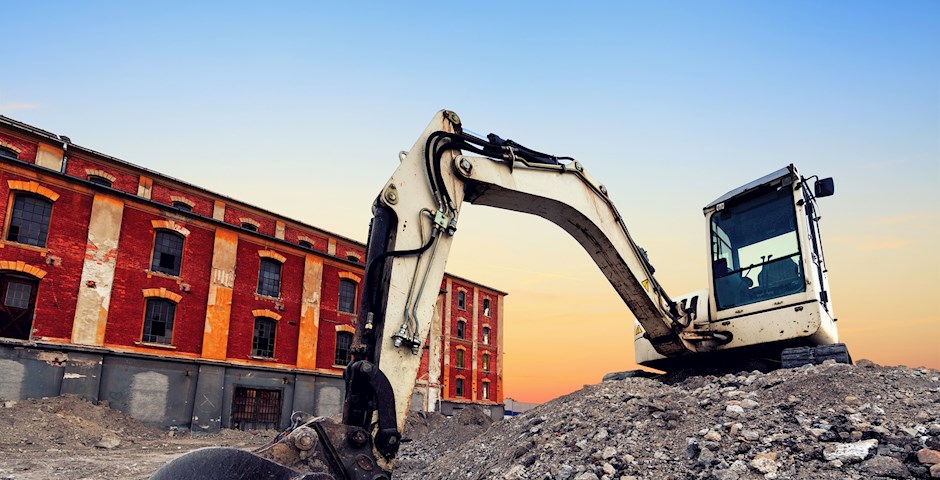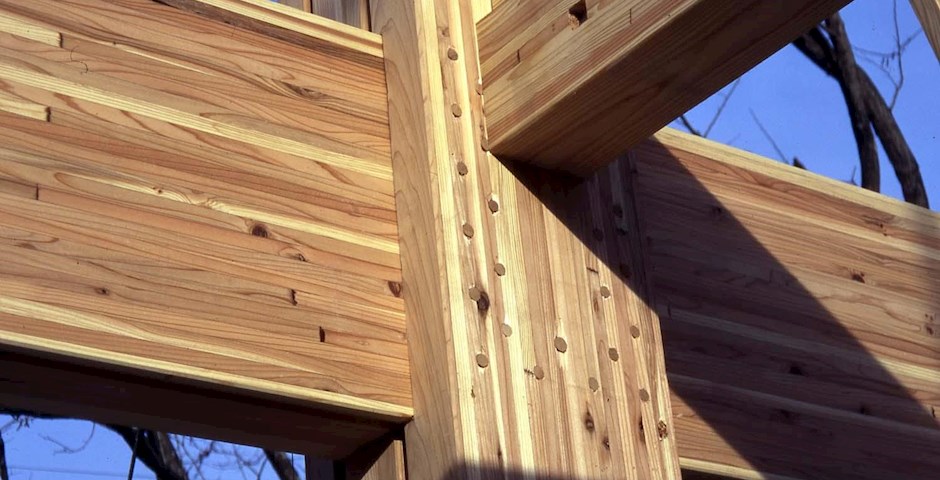Concrete and bricks. Wood or glass. Maybe metals, gypsum. Even plastic. Possibly any kind of material that comes to mind can be found in the mix used in modern construction. Although their use makes facades and indoor settings that look great to the eyes, one may wonder what happens to all these components when it’s time for the excavators to bring the whole structure down.
Representing over 30% of all waste produced in the European Union, Construction and Demolition Waste (CDW) is one of the major direct outcomes of massive urbanisation challenging sustainability. Generated from different activities, such as the construction or demolition of infrastructure, road planning and maintenance, CDW is considered a priority waste stream by the EU and holds a great potential for re-use and recycling due to the high value of some components. Nevertheless, recycling is far from mainstream in Europe as only 4% of CDW is currently re-used.
To tackle this challenge transnational cooperation is showing itself of crucial importance to implement the principles of circular economy in this sector : not only smart construction and demolition practices require joint coordinated approaches beyond regional borders, but it also turns out that over 80% of the residential housing stock dates from pre 1990’s in the NWE area!


